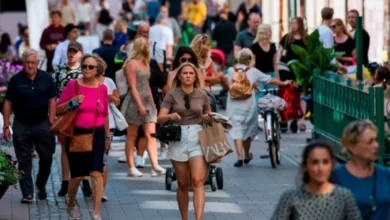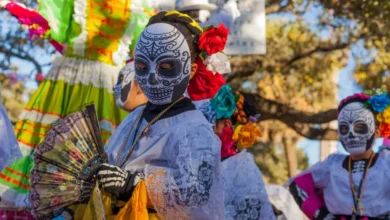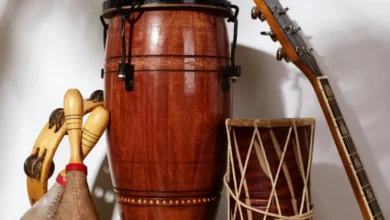Festivals are the heartbeats of cultures, reflecting a society’s history, values, and beliefs. This article explores the fascinating tapestry of traditional festivals, comparing those found in Asian cultures with their counterparts in European cultures. We will delve into their origins, common themes, unique practices, and the lasting impact they have on communities.
Understanding the Importance of Festivals
Before diving into specifics, it’s crucial to understand why festivals hold such significance. For both Asian and European cultures, festivals serve multiple purposes:
- Preservation of Heritage: They are a living link to the past, allowing traditions to be passed down through generations.
- Community Bonding: Festivals bring people together, strengthening social ties and fostering a sense of belonging.
- Spiritual Expression: Many festivals have religious or spiritual roots, offering opportunities for reflection and worship.
- Seasonal Celebrations: They often mark important agricultural or astronomical events, connecting people with the natural world.
- Entertainment and Joy: Above all, festivals are a time for joy, celebration, and communal fun.
Common Themes Across Continents
Despite geographical differences, several common themes emerge in both Asian and European festivals:
The Harvest
Harvest festivals are universal celebrations of agricultural bounty and gratitude for nature’s gifts. These festivals are tied to the cycles of nature and the hard work of farmers.
See also Dining Etiquette: A Comparison of Japanese and French Cultures
Dining Etiquette: A Comparison of Japanese and French Cultures- Asian Examples: Chuseok (Korea), Mid-Autumn Festival (China and Vietnam), Pongal (India)
- European Examples: Oktoberfest (Germany), Harvest Thanksgiving (UK), Grape Harvest Festivals (various regions)
These festivals often involve feasting, music, dancing, and communal gatherings, where communities come together to celebrate the end of the harvest season and express gratitude for their sustenance.
Religious Observances
Religion plays a pivotal role in shaping many traditional festivals. Religious festivals provide an opportunity for followers to express their faith and commemorate significant events in their religious history. They often involve prayer, fasting, and pilgrimage.
- Asian Examples: Diwali (India), Chinese New Year, Vesak (Buddhism), Eid al-Fitr (Islam)
- European Examples: Christmas (Christianity), Easter (Christianity), Hannukah (Judaism), various saints’ days
Religious festivals highlight the spiritual values and beliefs of a society. Many incorporate religious rituals, prayers, and acts of charity. The specific religious customs vary widely, reflecting the diverse range of faiths found in each region.
Welcoming the New Year
The marking of the new year is often celebrated with grand festivals, signifying fresh beginnings, hope, and the cyclical nature of time. This celebration includes rituals to cleanse the past and welcome future prosperity.
See also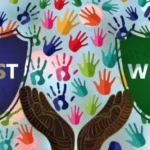 Eastern vs. Western Cultural Values: A Friendly Guide
Eastern vs. Western Cultural Values: A Friendly Guide- Asian Examples: Lunar New Year (various East and Southeast Asian countries), Nowruz (Persian New Year), Songkran (Thailand)
- European Examples: New Year’s Eve and New Year’s Day (widely celebrated), Hogmanay (Scotland), Carnival (various regions, leading up to Lent)
New Year celebrations are diverse, ranging from solemn reflections to boisterous parties. They often involve special food, family gatherings, and traditions aimed at ensuring good fortune for the coming year.
Remembering the Dead
Many cultures honor the deceased with special festivals, which reflect deep-rooted beliefs about death, the afterlife, and the enduring connection between the living and departed. These commemorations provide time for remembrance and family unity.
- Asian Examples: Obon Festival (Japan), Qingming Festival (China), Ancestor Veneration Days (various cultures)
- European Examples: Day of the Dead (Latin America, influenced by European traditions), All Saints’ Day and All Souls’ Day (Christianity), various memorial days for local saints and historical figures.
Practices include ancestral veneration rituals, offerings of food, and visits to gravesites. These festivals demonstrate respect for past generations and reinforce the importance of family lineage and collective memory.
Distinctive Practices and Traditions
While common themes exist, the specific traditions and practices associated with festivals vary significantly between Asian and European cultures, showcasing their rich diversity.
Unique Asian Festival Practices
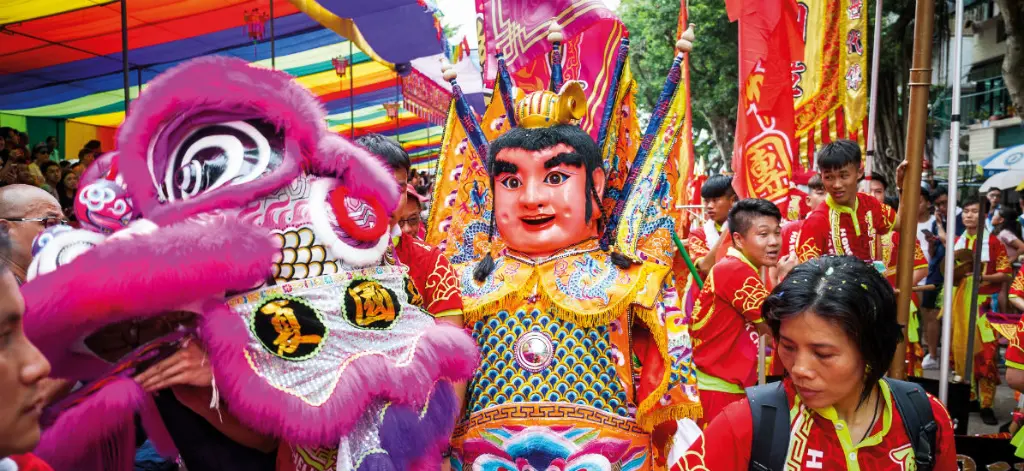
Asian festivals often emphasize family, community, and respect for elders. Here are a few notable examples:
- Lantern Festivals: Particularly prominent in East Asia, these festivals involve the display of beautifully decorated lanterns, symbolizing hope and prosperity.
- Dragon and Lion Dances: These vibrant and energetic performances are a staple of Chinese New Year celebrations, believed to ward off evil spirits and bring good luck.
- Holi (India): The “festival of colors” is a joyous occasion where participants throw colored powder and water at each other, celebrating the arrival of spring and the triumph of good over evil.
- Tea Ceremonies: In Japanese and other East Asian traditions, tea ceremonies often form an integral part of festivals, emphasizing mindfulness and tranquility.
- Buddhist Rituals: Many Asian festivals include Buddhist practices such as meditation, chanting, and the lighting of incense.
These practices are not just mere entertainment but are integral parts of the cultural fabric, carrying deep symbolic meanings and reinforcing community values. The incorporation of spiritual and family-oriented traditions make Asian festivals distinct.
Unique European Festival Practices
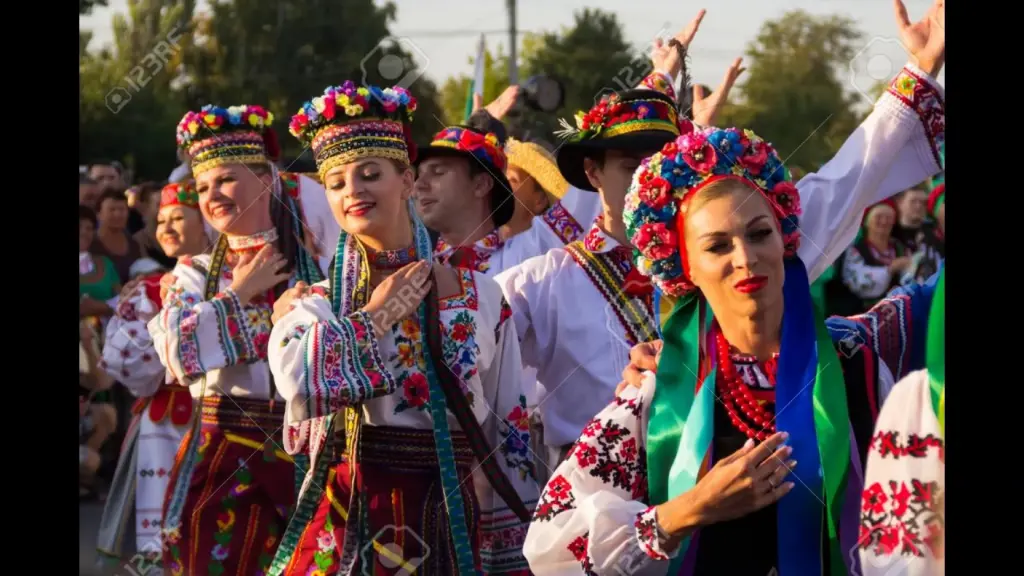
European festivals, particularly those tied to agricultural and historical contexts, have a unique character:
- Carnivals and Parades: Throughout Europe, carnivals are characterized by elaborate parades, costumes, and masks. These festivals often have historical roots and involve a period of revelry before Lent.
- Maypole Dances: These communal dances around a decorated maypole are common in many European cultures, celebrating the arrival of spring and fertility.
- Folk Music and Dancing: Folk music and traditional dances are central to many European festivals, varying greatly by region. These performances are often passed down through generations and showcase unique regional identities.
- Medieval Festivals: Re-enactments of historical events are popular, providing an opportunity to learn about the past and participate in historical dramas and traditional crafts.
- Christmas Markets: The advent season is marked by Christmas markets that feature traditional crafts, foods, and decorations, particularly in Central and Northern Europe.
Many of these practices are rooted in Europe’s agricultural heritage, historical events, and unique regional traditions. The emphasis on communal celebration and historical reenactments distinguishes European festivals.
Impact and Modern Adaptations
Both Asian and European festivals continue to evolve, adapting to modern times while retaining their core essence. Festivals play a critical role in:
- Cultural Tourism: Festivals attract tourists from around the world, contributing to local economies and fostering cultural exchange.
- Intercultural Understanding: They provide opportunities for different cultures to learn from each other, promoting tolerance and understanding.
- Revival of Traditional Crafts: Many festivals showcase traditional crafts, helping to keep these skills alive for future generations.
- Community Resilience: Festivals strengthen community bonds, helping communities cope with social and economic changes.
- Social Cohesion: They provide common ground for individuals to come together, regardless of age, background, or social status.
Modern adaptations include incorporating technology into celebrations, using festivals to promote social causes, and ensuring accessibility for people of all abilities. Despite modern influences, festivals continue to be powerful expressions of cultural identity and social cohesion.
In conclusion, while traditional festivals in Asian and European cultures share common themes like harvest celebrations, religious observances, and commemorations of the dead, they also demonstrate unique regional characteristics.
From the vibrant lantern festivals of Asia to the lively carnivals of Europe, each region showcases a distinct cultural identity. These festivals are more than just celebrations; they are vital expressions of heritage, community, and spirituality, playing an enduring role in both Asian and European societies. Understanding these traditions enhances our appreciation for the rich diversity of human culture.“`


